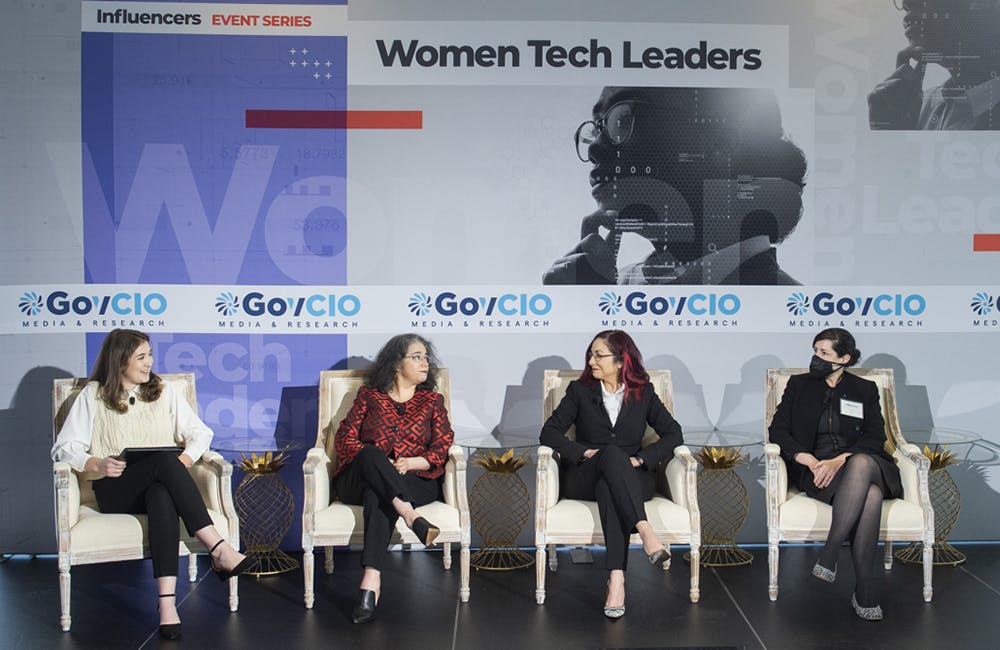New Policies Are Driving a More Inclusive Federal Workforce
Public sector organizations have begun working on human capital strategies designed to support a more diverse and engaged workforce.

Federal agencies are implementing human capital strategies to build a more diverse and engaged workforce with the goal of providing better and more effective services to an array of potentially underserved populations.
This has been a particular focus of the Department of Veterans Affairs, with a growing number of women veterans and policy changes allowing LGTBQ Americans to openly serve in the armed force creating a corresponding need to provide them with care attentive to their particular health needs.
“Our secretary has been really pushing the envelope with the LBGTQ community and been very supportive. We have various programs as well to bring that into VA and provide support not only for our veterans, but for employees as well. I also want to mention that we now collaborate with various companies to create internships where we bring in not only diversity in terms of gender, but in terms of thought to meet the needs of the community at large. Whether in terms of different ages, races, ethnicities, or in terms of that diversity of thought, it’s important to incorporate this so we can grow together, technically or otherwise,” said Acting Deputy CIO at the VA Electronic Health Record Modernization (EHRM) Integration Office Laura Prietula during the Women Tech Leaders event.
Federal agencies with a large STEM workforce have also endeavored to provide support to women tech workers in an effort to retain and promote critical talent. This has included maternal support policies and attention to salary equity.
“29% of the federal STEM workforce are women, and only 25% of those are in leadership positions. This seems to be due in part to the fact that there is essentially a mother tax for women who have children, but also that women in the private sector are making less money in STEM jobs, and this is being perpetuated in the federal government. So there’s a real question about the use of salary history when addressing commitments to diversity and inclusion,” said Liza Zamd, attorney advisor in the Office of the Vice Chair at the Equal Employment Opportunity Commission.
Government organizations are also moving to implement remote work policies that allow for a more flexible environment for employees raising a family. These policies have had the additional benefit of improving retention and preventing turnover among promising employees.
“FEMA is actually doing a lot in this arena. We are now advertising positions that have multiple workplace worksites, we’re advertising telework and remote work, and we’re also looking at the cybersecurity community. And we’re implementing an incentive plan and retention plan for the cybersecurity community, which I think has helped a lot in moving this forward,” said FEMA Deputy CIO Monica Langley.
This is a carousel with manually rotating slides. Use Next and Previous buttons to navigate or jump to a slide with the slide dots
-

Trump's Intelligence Pick Backs Cybersecurity, Tech Accountability
The former congresswoman has called for improving cyber defenses and advocated for accountability in federal tech and data practices.
2m read -

Trump's Education Nominee Calls for Tech Vocational Programs
Linda McMahon has called for investments in the tech workforce and small businesses to remain competitive.
3m read -

DHS Leads Government’s Largest Civilian AI Hiring Effort
On this AI GovCast miniseries, Boyce discusses his journey to the agency with his prior roles at the Office of Management and Budget.
15m listen -

Federal IT Trends in 2024, Outlook for 2025
Federal IT advancements in 2024 showcased the transformative potential of emerging technologies, particularly artificial intelligence.
2m read








